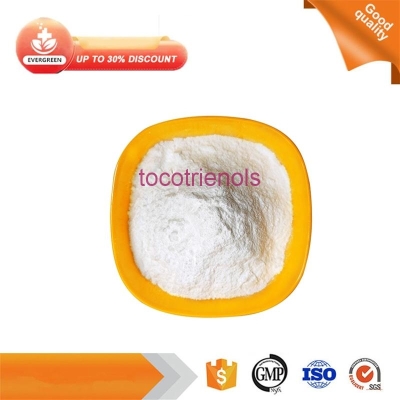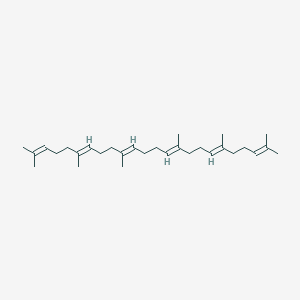-
Categories
-
Pharmaceutical Intermediates
-
Active Pharmaceutical Ingredients
-
Food Additives
- Industrial Coatings
- Agrochemicals
- Dyes and Pigments
- Surfactant
- Flavors and Fragrances
- Chemical Reagents
- Catalyst and Auxiliary
- Natural Products
- Inorganic Chemistry
-
Organic Chemistry
-
Biochemical Engineering
- Analytical Chemistry
- Cosmetic Ingredient
-
Pharmaceutical Intermediates
Promotion
ECHEMI Mall
Wholesale
Weekly Price
Exhibition
News
-
Trade Service
Sarin explained that basal cell carcinoma (BCC) is the most common skin cancer and is usually treated with surgical resection
A potential alternative strategy is to treat basal cell carcinoma with topical creams; however, Sarin explained that existing local treatments for basal cell carcinoma are only effective for the superficial subtypes of basal cell carcinoma, which highlights the more widely used topical The need for treatment
Sarin and his colleagues previously discovered that histone deacetylase (HDAC) inhibition is a promising treatment for basal cell carcinoma
The study recruited 30 patients, and each patient had at least one BCC at the time of diagnosis, with a diameter of 5 mm or more
Participants applied raltinoltan gel to their tumors three times a day for six weeks
Of the 33 tumors in the final analysis, 69.
Responses were observed in multiple basal cell carcinoma subtypes: In the analysis, the remission rate of 6 cases of superficial basal cell carcinoma was 100% (5 cases of complete remission, 1 case of partial remission), 22 cases of nodular basal cell carcinoma The remission rate was 68.
No systemic or serious adverse events were reported
Sarin said: "Although further research is needed, our results indicate that, due to the high rate of complete remission we have observed, raltinol may be a safe and promising alternative to surgical treatment of basal cell carcinoma
Sarin added: "Our study also shows the clinical efficacy of raltinoltan on nodular basal cell carcinoma, which is one of the most common subtypes of basal cell carcinoma
Limitations of the study include small sample size, single-arm design, and lack of durability data
This research was supported by Medivir AB, Damon Runyon Foundation, National Cancer Institute, American Dermatological Association Medical School Student Grants, and Stanford Medical Scholars
Journal Reference :
James M.







